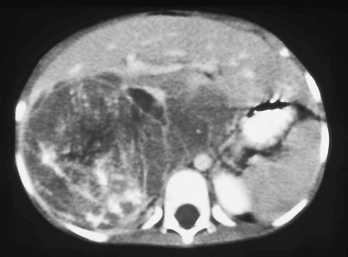CHAPTER 20 Paediatric surgery
Alimentary tract emergencies in the newborn
Oesophageal atresia
The commonest type is a blind-ended, upper oesophagus associated with a tracheo-oesophageal fistula involving the lower oesophagus (→ Fig. 20.1). Oesophageal atresia may occur alone or with a tracheo-oesophageal fistula. The incidence is approximately 1:3000 births. There may be co-existing anomalies of the heart, kidneys and intestines.
Duodenal atresia
Malrotation (volvulus neonatorum)
Meconium ileus
Diaphragmatic hernia
Hirschsprung’s disease
Treatment
Alimentary tract problems in older infants and children
Intussusception
The outer tube is called the intussuscipiens: the inner and middle tubes are called the intussusceptum (→ Fig. 20.4).
Acute appendicitis
This is dealt with more fully in Chapter 14. Certain points, however, are relevant to appendicitis in children. The condition is rare under the age of 6 months. The stool is liquid and the appendiceal lumen relatively wide. Therefore, acute obstructive appendicitis is rare. It does, however, occur and may present with diarrhoea and vomiting and consequently be mistaken for gastroenteritis. Careful and repeated examination is therefore essential.
Infants with jaundice
Biliary atresia
Abdominal masses in childhood
An abdominal mass is an uncommon reason for surgical referral in children. (For causes → Table 20.1.)
| Gastrointestinal system | Pylorus (congenital pyloric stenosis) |
| Crohn’s disease | |
| Constipation (faecal masses) | |
| Intussusception | |
| Hepato-pancreatico-biliary system | |
| Liver | Biliary atresia |
| Portal hypertension | |
| Metastases | |
| Hepatitis | |
| Hepatoblastoma | |
| Bile duct | Choledochal cyst |
| Pancreas | Pseudocyst (traumatic) |
| Genitourinary system | Hydronephrosis |
| Nephroblastoma (Wilms’) | |
| Bladder (urethral valves) | |
| Ovarian tumour or cyst | |
| Other | Neuroblastoma |
| Lymphoma | |
| Splenomegaly | |
| Retroperitoneal sarcoma | |
| Teratoma | |
| Other rare malignancies, e.g. primitive neuroectodermal tumour, rhabdomyosarcoma | |
Abdominal malignancies in childhood
Rectal bleeding in children
Neck lumps in children
The general management of lumps in the neck is dealt with in Chapter 8. However, lumps in the neck are common in children, the most common cause being due to reactive lymphadenitis secondary to tonsillitis. The other causes of lumps in the neck in children are shown in Table 20.2.
| Anterior triangle | Lymph nodes: |

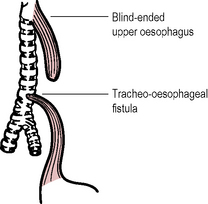
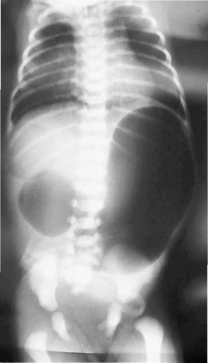

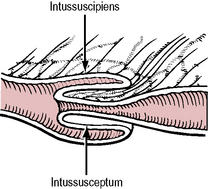
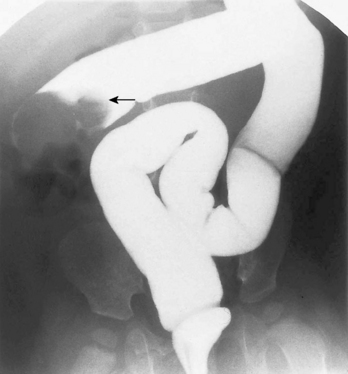
 This may radiate to the iliac fossa. The child may be embarrassed to draw attention to scrotal symptoms. Always examine the scrotum in a child with abdominal pain.
This may radiate to the iliac fossa. The child may be embarrassed to draw attention to scrotal symptoms. Always examine the scrotum in a child with abdominal pain.